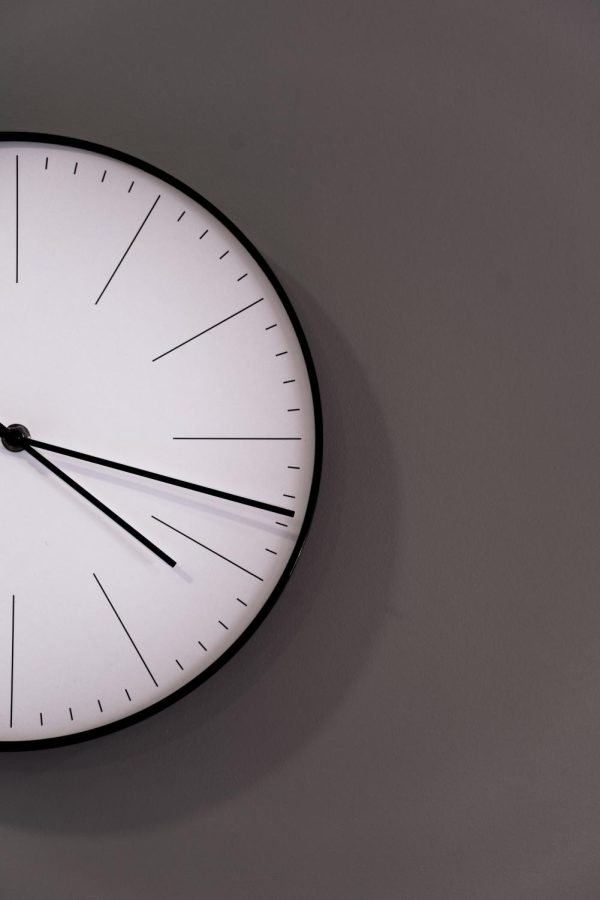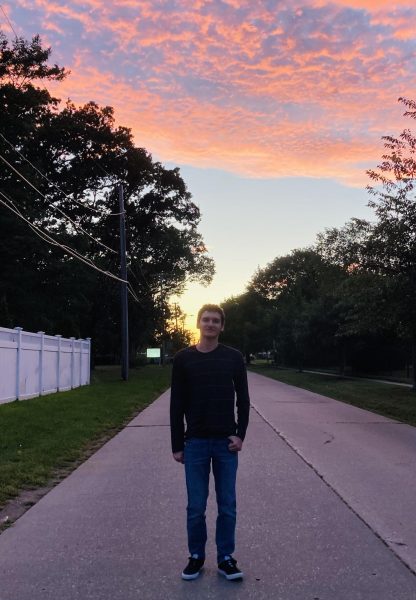Should We Save Daylight Saving Time?
April 13, 2022
The Sunshine Protection Act
Daylight Saving is a well known tradition in the United States, and also a commonly hated one. Two days a year, people have to either turn the clock forward or back for daylight saving times. However, lawmakers in the US are pushing to get rid of daylight saving times with a new bill passing called The Sunshine Protection Act through the national government. The Senate has already unanimously voted to remove it however it still needs to be voted on within the house and then to the president for approval. It’s looking like the bill will be passed although it will take some time. The goal of the bill is to make daylight saving time the standard time in the US and is to take place after the normal daylight saving time clock changes in 2023, which will be the last one. It will also allow states like Hawaii and Alaska, which already don’t participate in daylight saving, to remain on standard time. The changes this bill provides will make it so people in the US no longer need to turn the clocks forward or back.
Why does Daylight Saving Time Exist in the First Place?
Daylight saving time began in the US with the Standard Time Act of 1918 to save resources during the first world war. This is because it lowers energy usage. When there is another hour of daylight, people spend more time outdoors, meaning they don’t use appliances and people don´t need to spend energy on electricity. However, during this time each state had different times and ways of doing daylight saving time. This caused a mess where different states ended up with different times and different processes to do daylight saving time. In 1966, there was a law called The Uniform Time Act passed making it so that there was a uniform way to do it that all states would follow. Today, there isn’t much use for daylight saving time besides giving an extra hour of sunlight which does save some energy.
Why get rid of it?
One of the main reasons to get rid of daylight saving time is that people just don’t like it. An NORC survey found that approximately 71% of Americans no longer want to turn back their clocks for daylight saving time. However, there are also more dire effects to daylight saving time than just unhappy people. In a 2009 study published in Journal of Applied Psychology, it was found that more car accidents happen on the Monday after daylight saving time. However, after the spike on the day after daylight saving time, there are fewer car accidents during the entirety of the time daylight saving is in place. A 2004 study found in The Journal of Accident Analysis & Prevention determined that about 366 lives could be saved in car accidents each year if daylight saving time was the permanent time in the US. It has also been found that there is a spike in heart attacks in the days following daylight saving time, likely due to the lost hour of sleep. These negatives seem to outweigh any benefits that daylight saving time provides, such as saving electricity.


